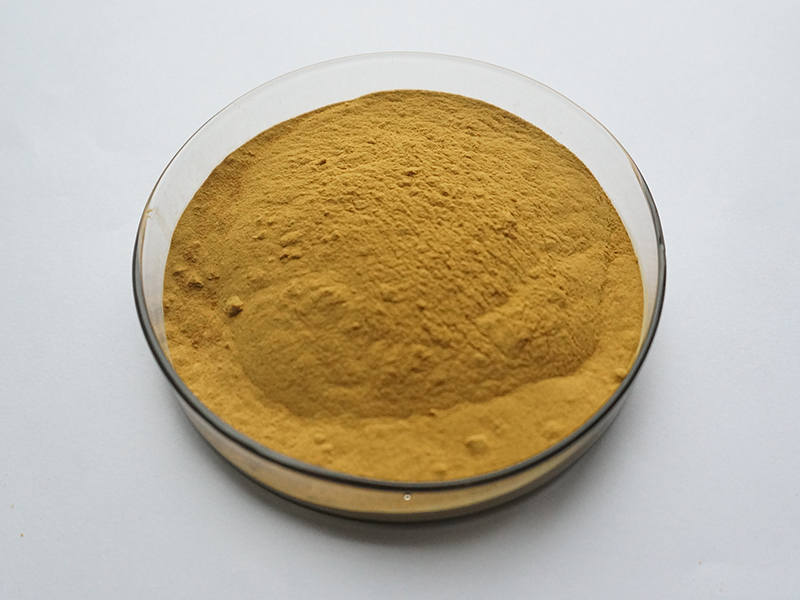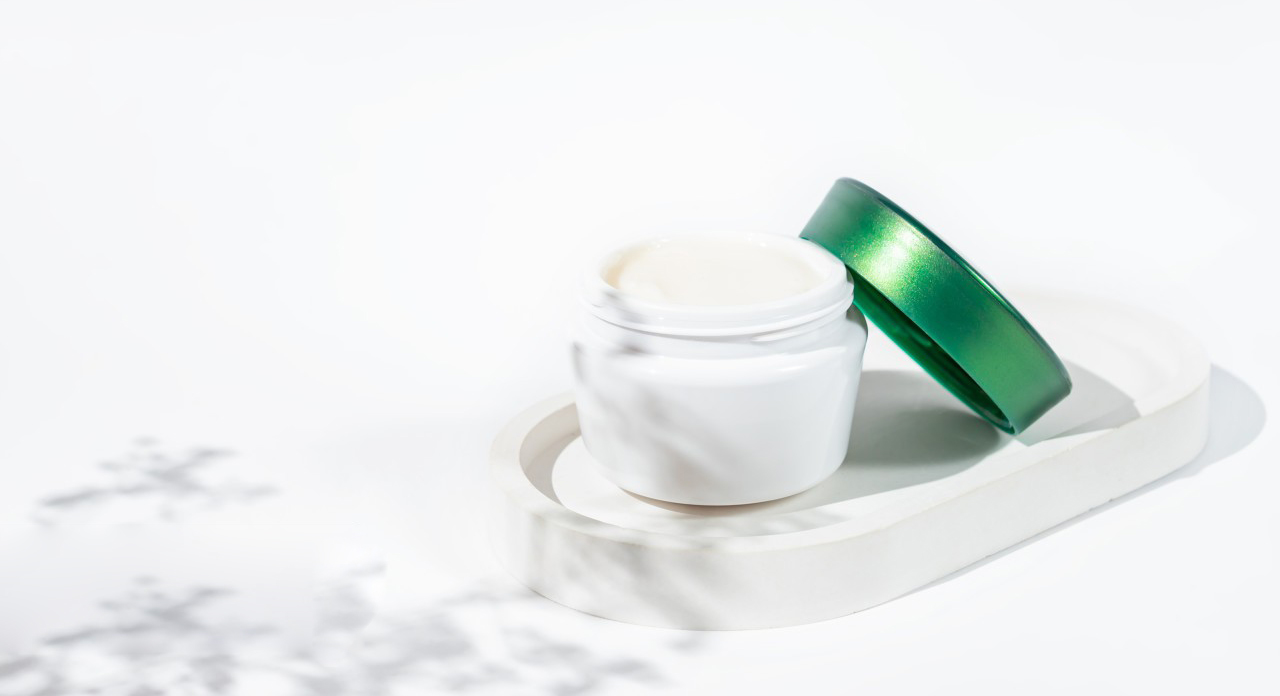The production process of White Willow Extract involves several steps to extract the beneficial compounds from the bark of the white willow tree. Here’s a general overview of how White Willow Extract is typically produced:
- Harvesting:
The first step involves harvesting the bark of the white willow tree (Salix alba). The bark is the part of the tree that contains the beneficial compounds such as salicin.
- Drying:
After harvesting, the bark is usually dried to reduce moisture content. This step helps in preserving the bark and preparing it for further processing.

- Extraction:
The dried bark undergoes an extraction process to isolate the active compounds, primarily salicin. Extraction methods can vary, but typically involve using solvents such as ethanol or water.
Solvent Extraction: The dried bark may be soaked or percolated in a solvent like ethanol. The solvent helps dissolve and extract the salicin and other phytochemicals from the bark.
Water Extraction: Alternatively, the bark can be boiled or steeped in hot water to extract the water-soluble compounds like salicin.
- Concentration:
Once extracted, the solution containing salicin and other compounds is concentrated to increase the potency of the extract. This may involve evaporation of the solvent under controlled conditions or other methods to concentrate the extract.
- Purification (Optional):
In some cases, purification steps may be employed to isolate salicin further from other components extracted during the process. This step ensures the extract is more refined and contains higher concentrations of the desired compounds.
- Standardization (Optional):
To ensure consistency in the final product, the extract may undergo standardization. This involves adjusting the concentration of active compounds (like salicin) to a specified level, typically for use in dietary supplements or pharmaceutical applications.
- Testing and Quality Control:
Throughout the process, quality control measures are implemented to ensure the extract meets safety and quality standards. This includes testing for purity, potency, and absence of contaminants.

- Formulation:
Finally, the concentrated and purified extract can be formulated into various products such as capsules, tablets, liquid extracts, or topical preparations, depending on its intended use.
Uses of White Willow Extract:
White Willow Extract, primarily containing salicin, is known for its anti-inflammatory and pain-relieving properties. It is often used as a natural alternative to aspirin and has been traditionally used to alleviate pain and reduce inflammation.
This production process outline provides a general overview, and specific details may vary depending on the manufacturer and intended application of the White Willow Extract.
